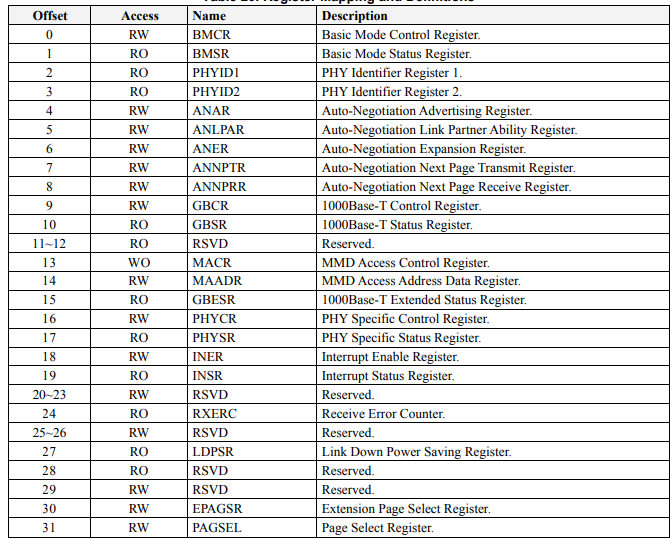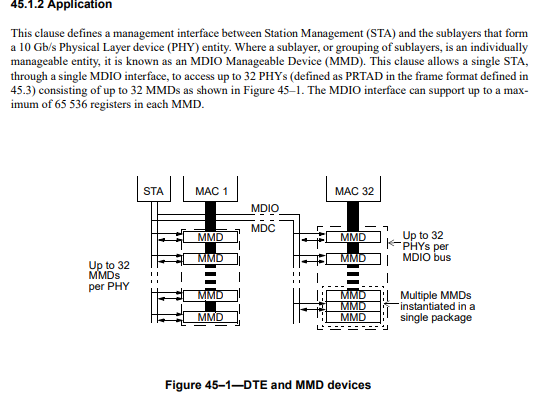Adding:
.probe = rtl822x_probe,
Did not help, but comparing:
}, {
PHY_ID_MATCH_EXACT(0x001cc840),
.name = "RTL8226B_RTL8221B 2.5Gbps PHY",
.get_features = rtl822x_get_features,
.config_aneg = rtl822x_config_aneg,
.read_status = rtl822x_read_status,
.suspend = genphy_suspend,
.resume = rtlgen_resume,
.read_page = rtl821x_read_page,
.write_page = rtl821x_write_page,
.read_mmd = rtl822x_read_mmd,
.write_mmd = rtl822x_write_mmd,
}, {
With:
}, {
PHY_ID_MATCH_EXACT(0x001cc849),
.name = "RTL8221B-VB-CG 2.5Gbps PHY",
.get_features = rtl822x_get_features,
.config_aneg = rtl822x_config_aneg,
.read_status = rtl822x_read_status,
.suspend = genphy_suspend,
.resume = rtlgen_resume,
.read_page = rtl821x_read_page,
.write_page = rtl821x_write_page,
}, {
And considering:
int __phy_read_mmd(struct phy_device *phydev, int devad, u32 regnum)
{
int val;
if (regnum > (u16)~0 || devad > 32)
return -EINVAL;
if (phydev->drv && phydev->drv->read_mmd) {
val = phydev->drv->read_mmd(phydev, devad, regnum);
} else if (phydev->is_c45) {
val = __mdiobus_c45_read(phydev->mdio.bus, phydev->mdio.addr,
devad, regnum);
} else {
struct mii_bus *bus = phydev->mdio.bus;
int phy_addr = phydev->mdio.addr;
mmd_phy_indirect(bus, phy_addr, devad, regnum);
/* Read the content of the MMD's selected register */
val = __mdiobus_read(bus, phy_addr, MII_MMD_DATA);
}
return val;
}
EXPORT_SYMBOL(__phy_read_mmd);
The else if and else paths both have -EOPNOTSUPP (-95) as error value.
So it would seem that we are missing:
.read_mmd = rtl822x_read_mmd,
.write_mmd = rtl822x_write_mmd,
So I’ll try that next time…
Edit:
Nope, that did not fix it either… But I did find it: The realtek driver uses __phy_read().
__phy_read() points to __mdiobus_read(), which checks bus->read. If bus->read == NULL it returns -EOPNOTSUPP.
But on a bus with rollball protocol, only bus->read_c45 is a valid pointer and bus->read = NULL.
Guess this is the first time the realtek phy driver is used together with rollball protocol.
I have asked Russell how this should be fixed… See what he says.
Edit 2:
If I look at the code… I think the realtek.c phy driver needs to use phy_read_mmd() at least for the rtl822x family. This is the same as the aquantia and marvell driver.

